Origin - made not manufactured
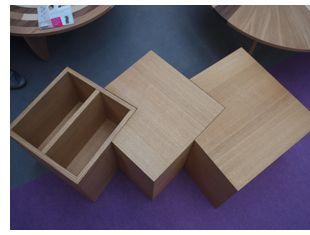
London’s East End is one of the most recognisable areas in Britain. From the legions of tourists on Jack the Ripper tours, to the high pressure sales tactics of the proprietors of Brick Lane curry houses, and of course the heady mix of the local Cockney geezers and fashionable youngsters who’ve migrated the length and breadth of the country to be there, you’d be hard pressed to not know exactly where you were.
It has also established itself as one of the country’s best-known creative hubs. If you want an idea of what’s going on in terms of fashion, music or contemporary fine art, there are few better places to get your bearings. Which of course makes it the ideal place for Origin, the Craft Council’s annual London showcase of contemporary craft, which took place this year at Old Spitalfields market, a stone’s throw away from Liverpool Street station.
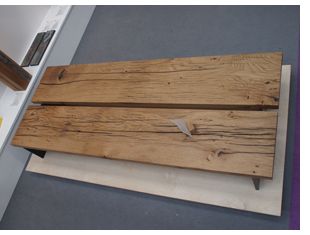
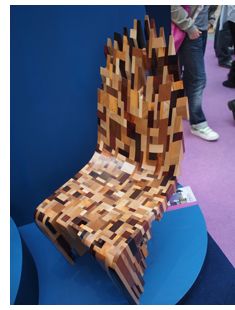
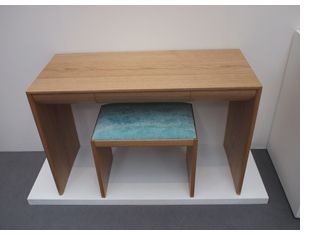
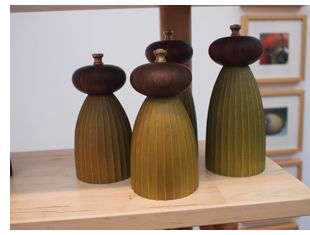

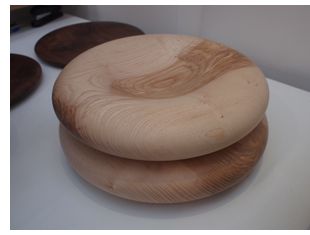
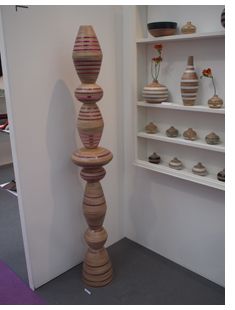
- Log in or register to post comments





